Premium Only Content
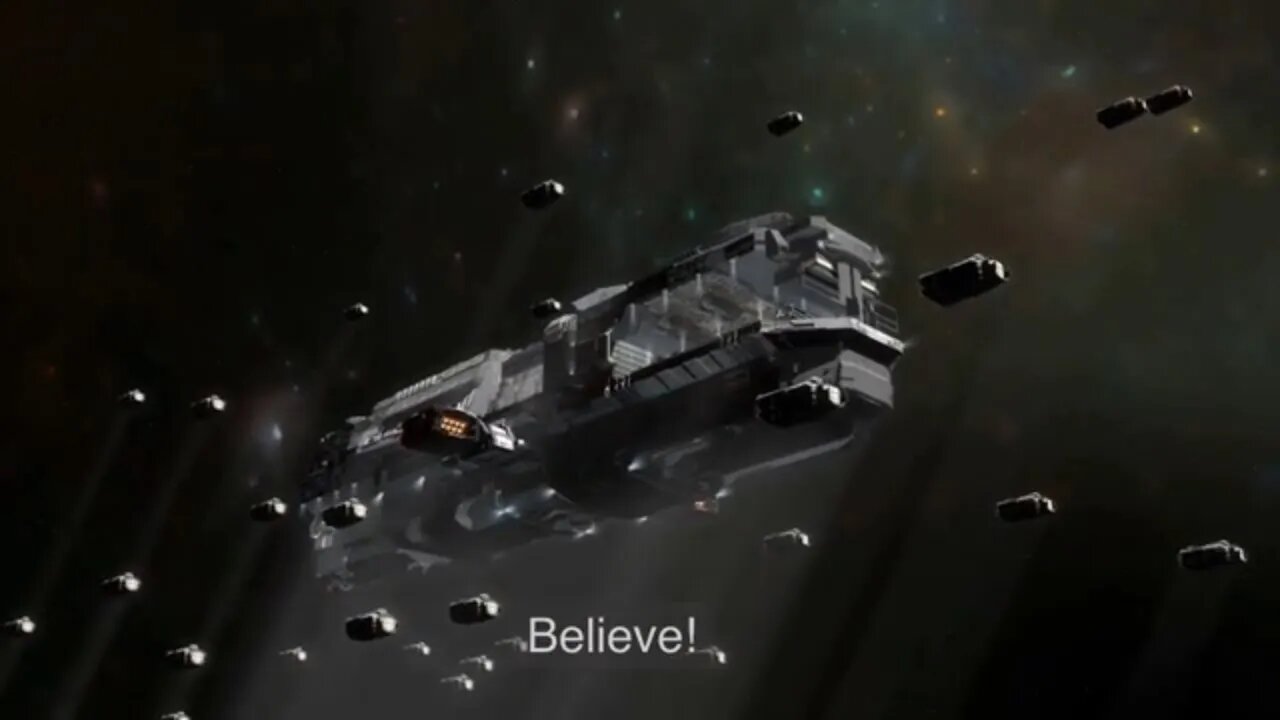
AI or Sci Fi? Mind Blowing Innovations You Won't Believe! PT.1
AI and Creativity The impact of A.I extends far beyond practical applications in healthcare and other industries. It's also making waves in the world of art and creativity, pushing the boundaries of what we thought was possible with machine-generated content.
OpenAI's DALL-E is a prime example of the astonishing capabilities of A.I in creative fields. D.E is a prime example of the astonishing capabilities of A.I in creative fields. DALL-E is a deep learning system that can generate unique images from simple text descriptions. By combining natural language understanding and generative adversarial networks (GANs), DALL-E can create a wide range of images, from photorealistic to abstract and imaginative. This A.I-driven art has the potential to revolutionize graphic design, advertising, and even the creation of virtual worlds.
Another fascinating development in A.I and creativity is the emergence of A.I-generated music. Programs like Jukedeck and AIVA (Artificial Intelligence Virtual Artist) have demonstrated the ability to compose original music across various genres. These A.I systems are trained on large datasets of music and can generate new compositions that are harmonically and melodically coherent.
Jukedeck, for instance, allows users to input parameters like genre, mood, and tempo, and the A.I will generate a unique piece of music based on these preferences. AIVA, on the other hand, focuses on producing high-quality, customizable music for professional applications, such as film scores and commercial jingles. These A.I-generated compositions have the potential to democratize music production and enable a broader range of people to access original, high-quality music for their projects.
In the world of literature, A.I is also making its mark. OpenAI's GPT-3, a state-of-the-art language model, has demonstrated the ability to generate coherent and contextually relevant text. This has led to the development of A.I-generated poetry, short stories, and even entire novels. While the quality of these works may not yet rival those of accomplished human authors, they show great promise in expanding the creative possibilities of A.I.
The film industry is another area where A.I is beginning to make a significant impact. A.I algorithms can analyze vast amounts of data to predict box office success, helping studios make more informed decisions about which movies to produce. Additionally, A.I-generated scripts are starting to emerge, with some filmmakers embracing the unique storytelling opportunities that A.I can provide. For instance, the 2016 short film "Sunspring" was written by an A.I algorithm and garnered attention for its unconventional narrative structure.
Finally, A.I is also being used in the realm of video games, where procedural generation techniques have been employed to create vast, dynamic worlds. A.I-driven systems can generate terrain, populate game worlds with characters and objects, and even create unique quests and challenges for players. This offers game developers new ways to create immersive experiences that are tailored to individual players.
In conclusion, A.I is significantly impacting the world of creativity, pushing the limits of what we thought was possible with machine-generated content. From art and music to literature and film, A.I-driven innovations are opening up new avenues for creative expression and providing novel tools for artists and creators to explore.
-
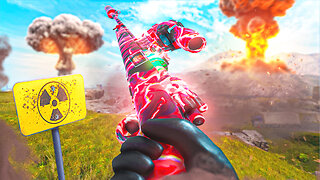 LIVE
LIVE
GritsGG
29 minutes agoWin Streaking! Most Wins 3485+ 🧠
63 watching -
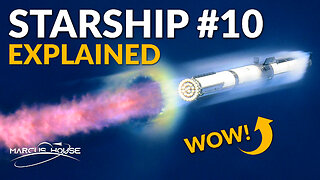 16:58
16:58
marcushouse
13 hours ago $3.11 earnedSpaceX Starship Flight 10: What Really Happened! 🚀
37.6K11 -
 3:47
3:47
Blackstone Griddles
13 hours agoCampground Meal Planning on the Blackstone Camping Griddle
10K1 -
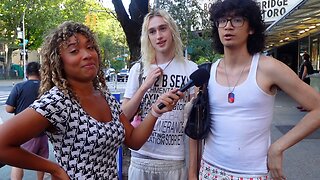 28:13
28:13
Her Patriot Voice
13 hours ago $1.17 earnedIs Flag Burning Free Speech?
11K14 -
 17:51
17:51
TheRoyaltyAutoService
16 hours ago $0.54 earnedIs Flat Rate Ruining The Auto Repair Industry?!
12.3K6 -
 LIVE
LIVE
BEK TV
23 hours agoTrent Loos in the Morning - 8/28/2025
192 watching -
 26:00
26:00
DeVory Darkins
1 day ago $12.23 earnedDemocrat Mayor HUMILIATES himself during painful interview as Trump makes SHOCKING Announcement
44.4K100 -
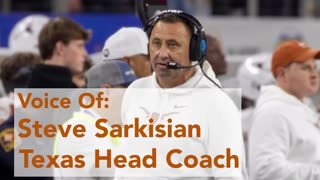 22:14
22:14
Ohio State Football and Recruiting at Buckeye Huddle
1 day agoOhio State Football: Everything Steve Sarkisian Said About the Buckeyes This Week
29.2K -
 1:19:55
1:19:55
TruthStream with Joe and Scott
1 day agoLisa, Michelle and Carole join Joe for Healing and Inspiration. Next healing will be on Aug 28th at Noon and 4pm eastern https://www.balancingbodyandsoul.com/?ref=TRUTHSTREAMSHOW
19.8K1 -
 10:32
10:32
Nikko Ortiz
17 hours agoFunniest Fails Of The Month
42.3K5